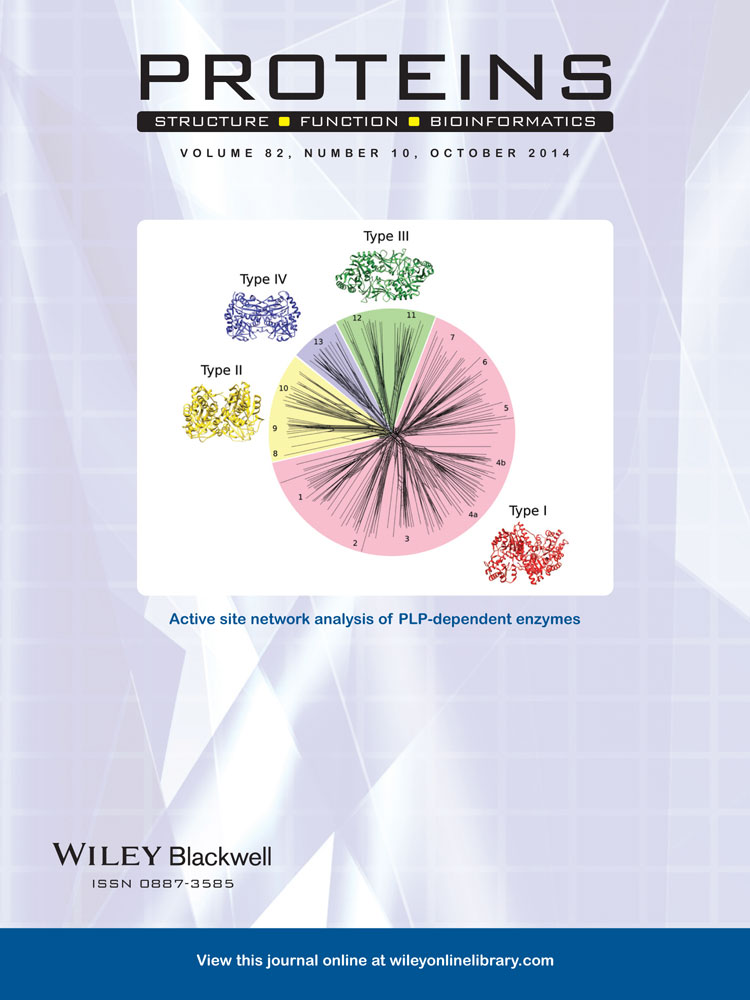Structures of mesophilic and extremophilic citrate synthases reveal rigidity and flexibility for function
S.J.C. and M.J.D. selected structures for the study and identified tip and hinge residues. S.A.W. carried out rigidity analysis and geometric simulation, extracted angular and RMSD measures, and prepared graphics. All authors collaborated on the interpretation of results and the preparation of the manuscript.
ABSTRACT
Citrate synthase (CS) catalyses the entry of carbon into the citric acid cycle and is highly-conserved structurally across the tree of life. Crystal structures of dimeric CSs are known in both “open” and “closed” forms, which differ by a substantial domain motion that closes the substrate-binding clefts. We explore both the static rigidity and the dynamic flexibility of CS structures from mesophilic and extremophilic organisms from all three evolutionary domains. The computational expense of this wide-ranging exploration is kept to a minimum by the use of rigidity analysis and rapid all-atom simulations of flexible motion, combining geometric simulation and elastic network modeling. CS structures from thermophiles display increased structural rigidity compared with the mesophilic enzyme. A CS structure from a psychrophile, stabilized by strong ionic interactions, appears to display likewise increased rigidity in conventional rigidity analysis; however, a novel modified analysis, taking into account the weakening of the hydrophobic effect at low temperatures, shows a more appropriate decreased rigidity. These rigidity variations do not, however, affect the character of the flexible dynamics, which are well conserved across all the structures studied. Simulation trajectories not only duplicate the crystallographically observed symmetric open-to-closed transitions, but also identify motions describing a previously unidentified antisymmetric functional motion. This antisymmetric motion would not be directly observed in crystallography but is revealed as an intrinsic property of the CS structure by modeling of flexible motion. This suggests that the functional motion closing the binding clefts in CS may be independent rather than symmetric and cooperative. Proteins 2014; 82:2657–2670. © 2014 Wiley Periodicals, Inc.




